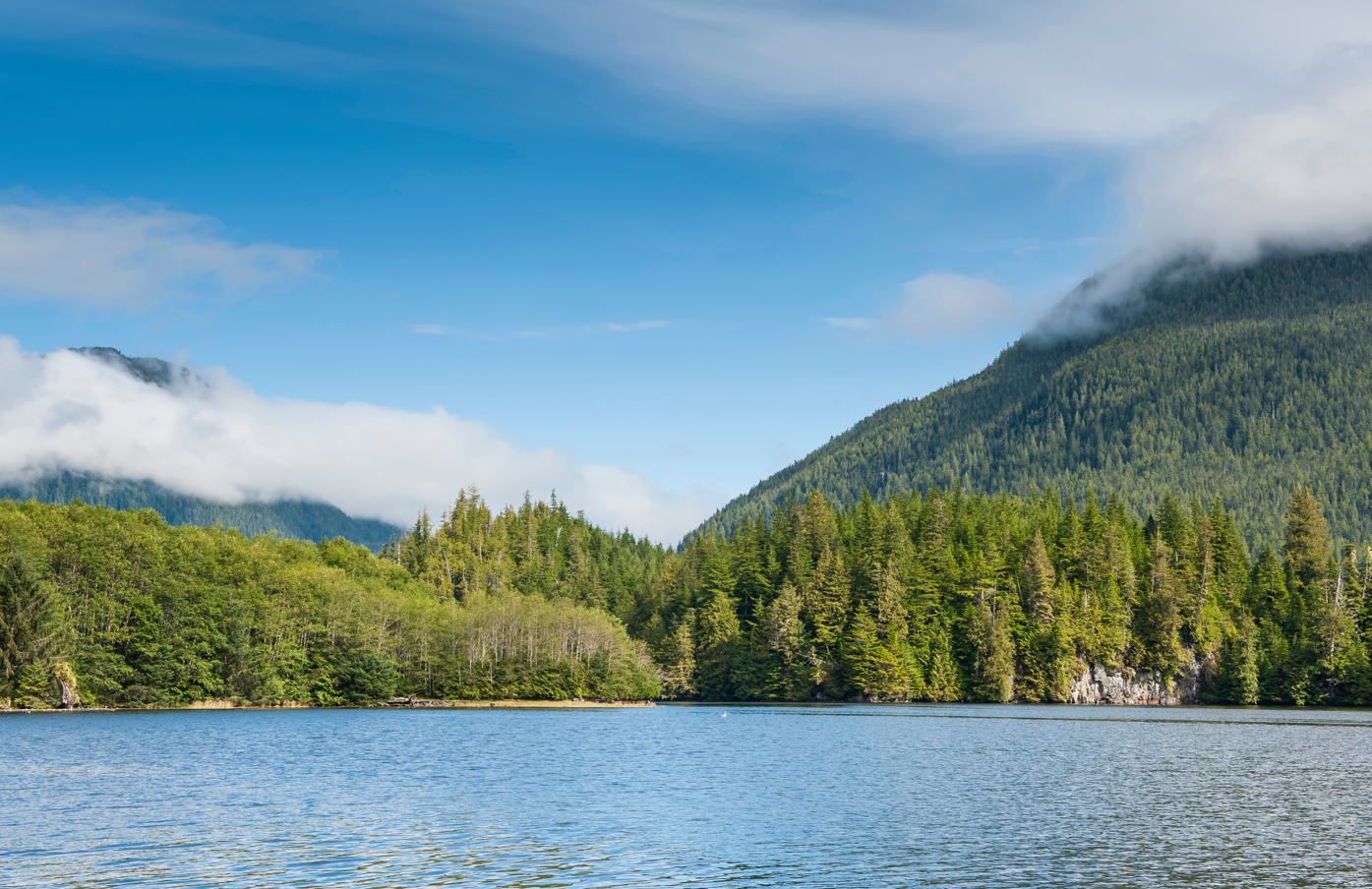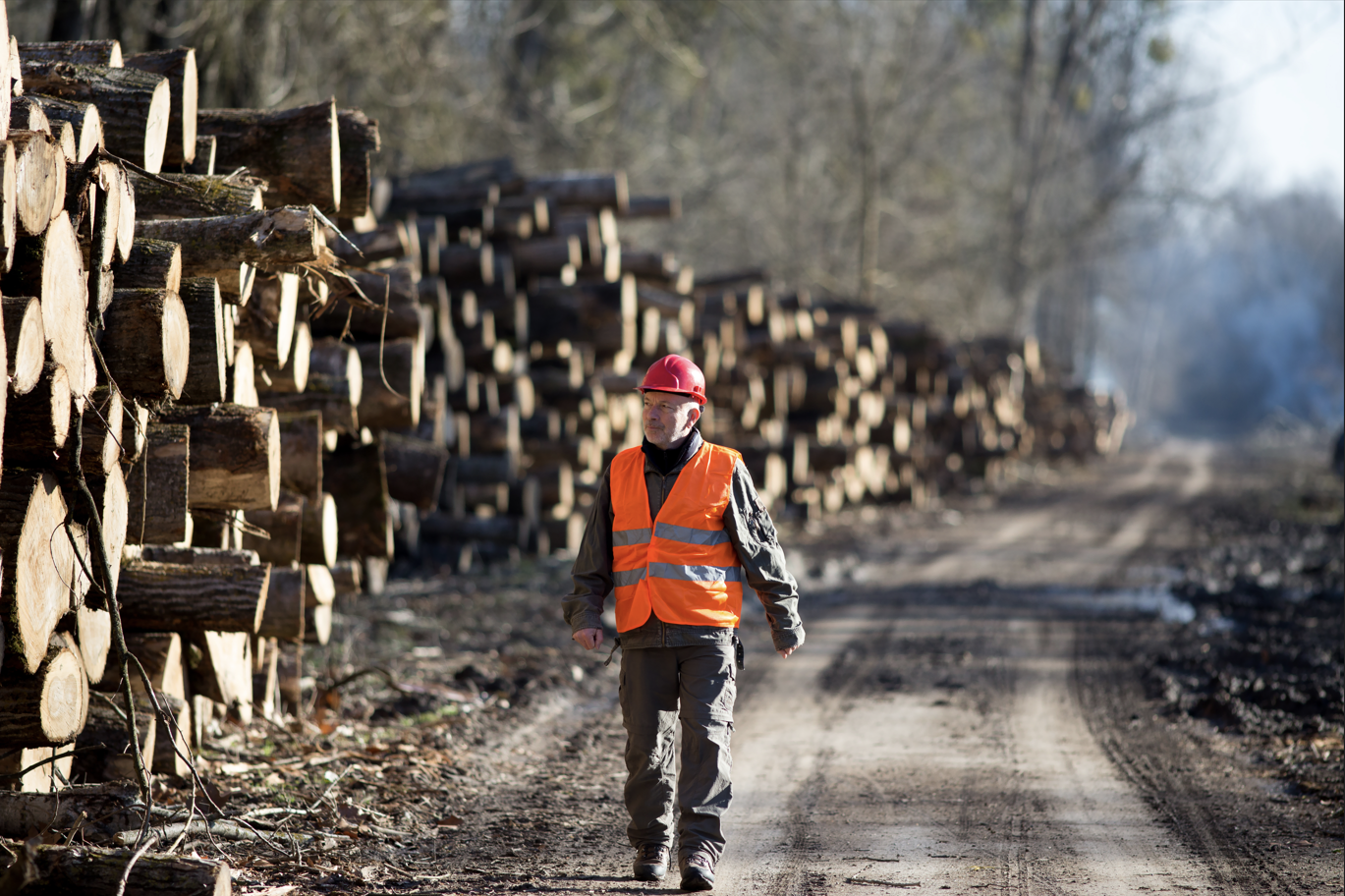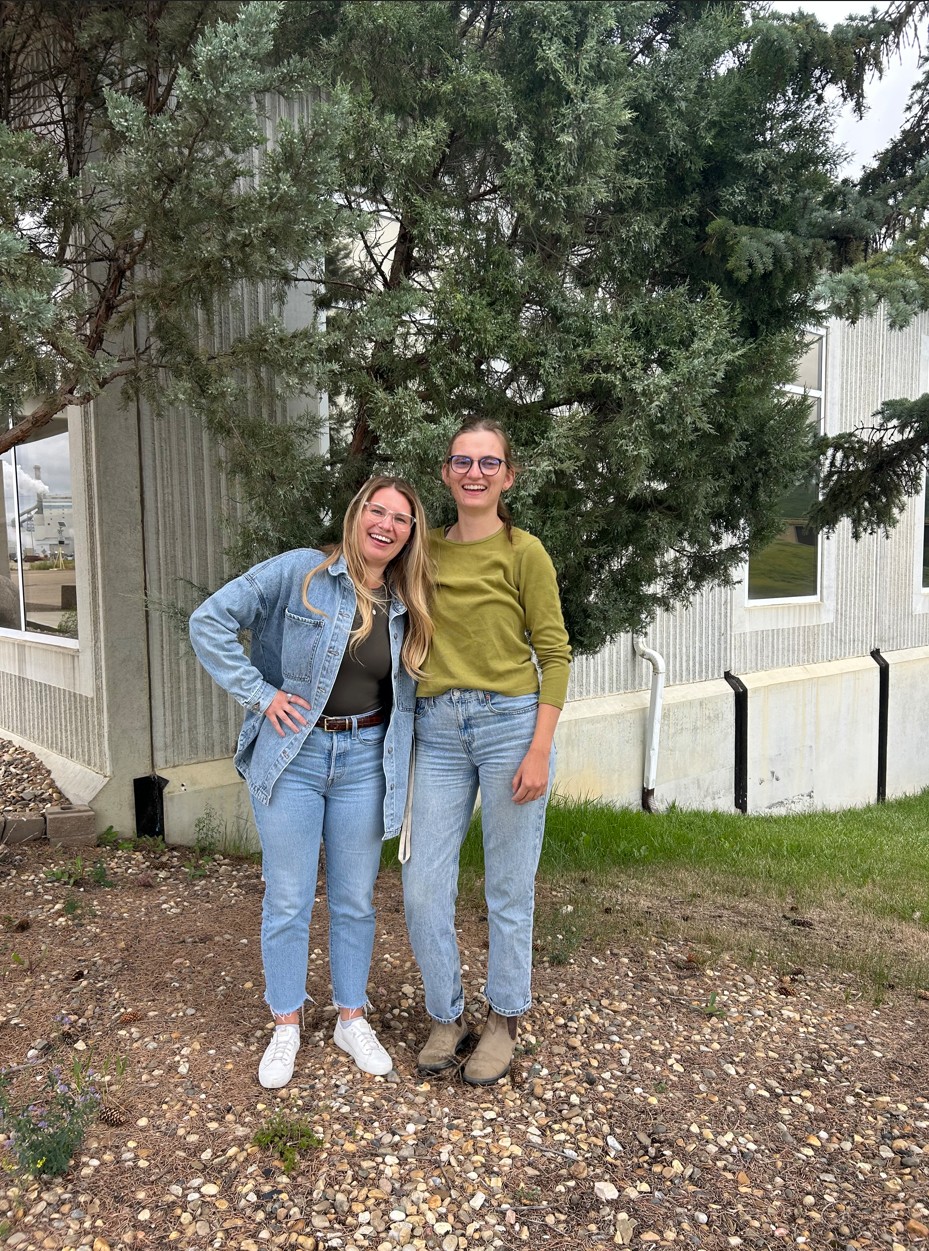I gotta say it is pretty sweet to hike, snowshoe, UTV, quad, sled, and helicopter around in the bush for a living while eating berries and stumbling upon deer/moose sheds throughout the day. One of my favorite things about working in the bush is that I get to see all kinds of funky looking fungi. I am a bit of a noob when it comes to mycology but I am fascinated by mushrooms for a troop of reasons (a troop is a group of mushrooms…). One being mycelium is most likely the bases for all life on earth. A mushroom spore can survive the vacuum of space, which adds weight to the panspermia hypothesis (Life arriving here via space dust, meteoroids, asteroids, comets, and, as the founder of DNA Francis Crick suggests, ALIENS!). Also, the oldest fossilized mycelium ever found is over 2 billion years old. Mother nature could very well be mother mycelium. Mushrooms also likely played a key role in the evolution and development of our complex and imaginative consciousness/self-awareness but that’s a different story entirely.
Now you might be thinking “Shane, what the fir does mycelium have to do with forestry?”. Well, other than the possibility that without mycelium there might not be any trees or life at all, 30% of the forest floor is made up of a neural network of mycelium that functions very much like a brain and, also just like the brain, it shares the same structure as the internet and the observable universe. Mycelium distributes nutrients in all directions to alders, birch trees, hemlocks, Douglas firs, pines, cedars and pretty much every rooted tree or plant that grows in the forest. By allocating certain resources to specific regions of the forest, mycelium can decide what grows where to bring balance to an ecosystem. It even makes it so a parent tree can communicate and allocate resources to its nearby offspring through the network of mycelium that runs through the forest floor. At times you could be standing on 300 miles of mycelium just in the immediate vicinity of your foot. Even rotting mushrooms are essential to the vitality of the forest as they distribute spores across its floor making more mycelial networks to feed the trees that create the debris field when they decay that mycelium thrives in. A beautiful cycle of life and the illusion of death that only brings more vitality to the ecosystem.
Now, political and environmental views aside, there lies a few strains of an extremely rare mushroom that grows exclusively on trees in the old growth forests of north western North America (plus a few other places) known as Fomitopsis Officinalis, aka Agarikon. This miracle mushroom grows large in volume and can be found on veteran conifers. The reason why agarikon is so special is because it shows great promise in combating a variety of deadly flu viruses, much more so than pharmaceuticals ever could (Disclaimer. Don’t stop taking your prescribed pharmaceuticals!). Preserving the genome of these fungi is critical for human health and, as world leading mycologist Paul Stamets argues, a matter of national defence. I don’t know enough to comment on the necessity and practices of harvesting old growth forests but at the very least we should consider the importance they play in the grand scheme of things and the priceless treasures and knowledge we could lose if we continue to harvest 1000+ year old tree stands. Though I heard a lot of those old cedars get turned into Buddhist temples in Asia so that’s kinda cool I guess.
Anyways, don’t take my word for it. This painfully short write up does mycology no justice for I am but a mere layman. I’m mostly just paraphrasing the work of the godfather of fungi Paul Stamets, so if this piqued your fungal hunger at all then go check him out and see how he thinks mushrooms will save the world. Maybe start with his two appearances on the Joe Rogan Experience (Yes, I’m a pseudo-intellectual that listens to the JRE. Shocker) Or check out his documentary Fantastic Fungi on Netflix. I’ll end this blog with some pictures of mushrooms I came across on my travels. Enjoy 😊.
















.jpeg)

